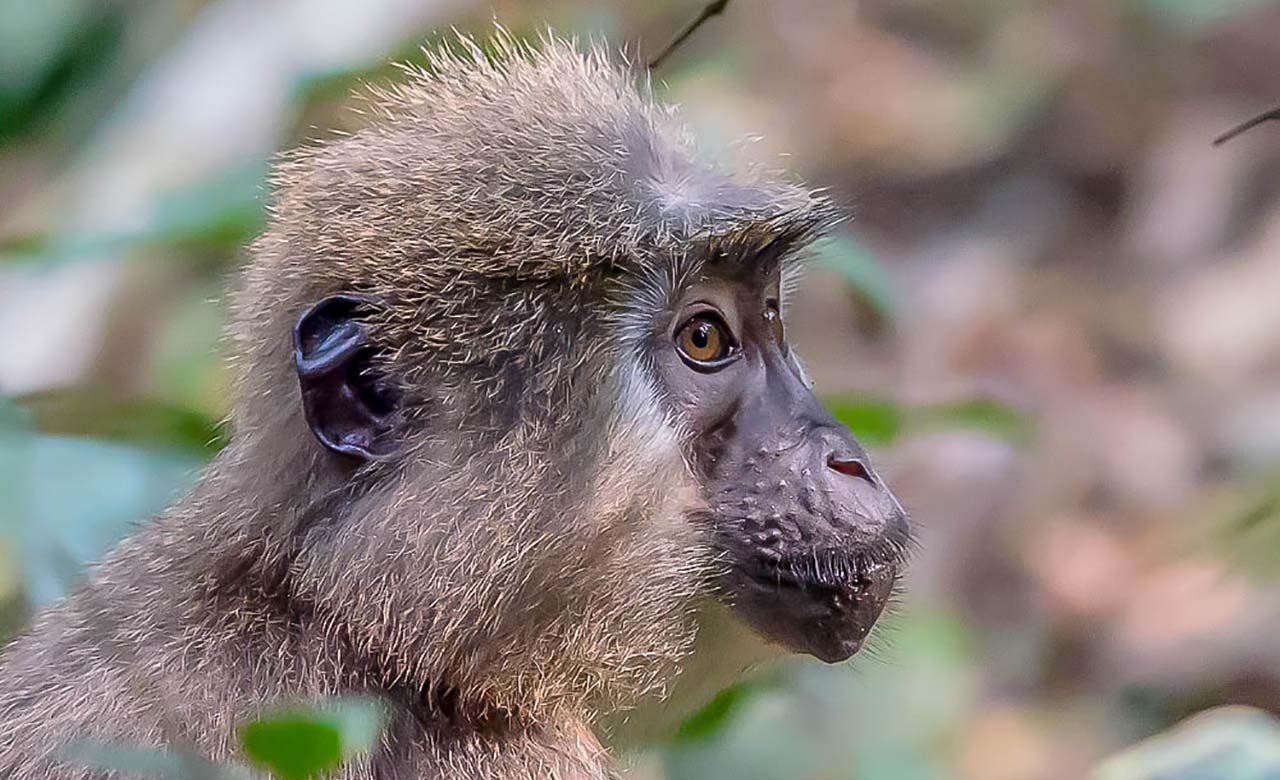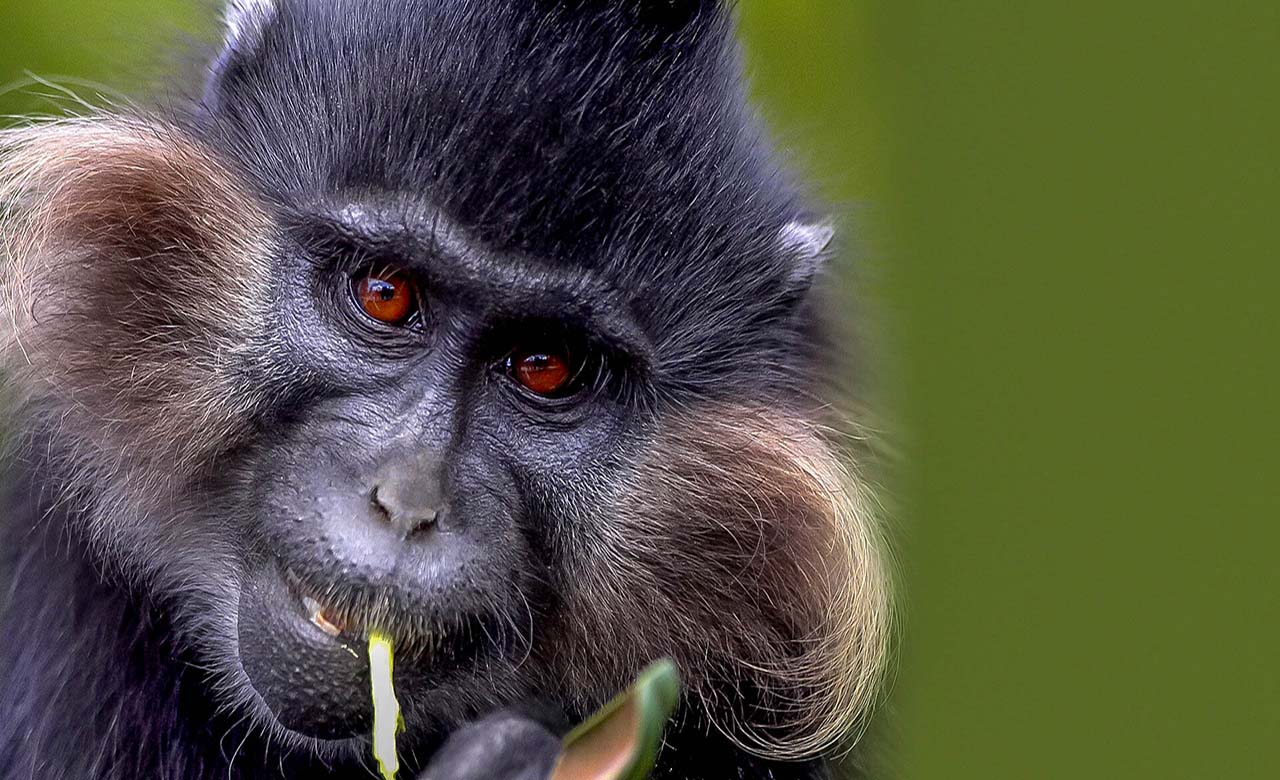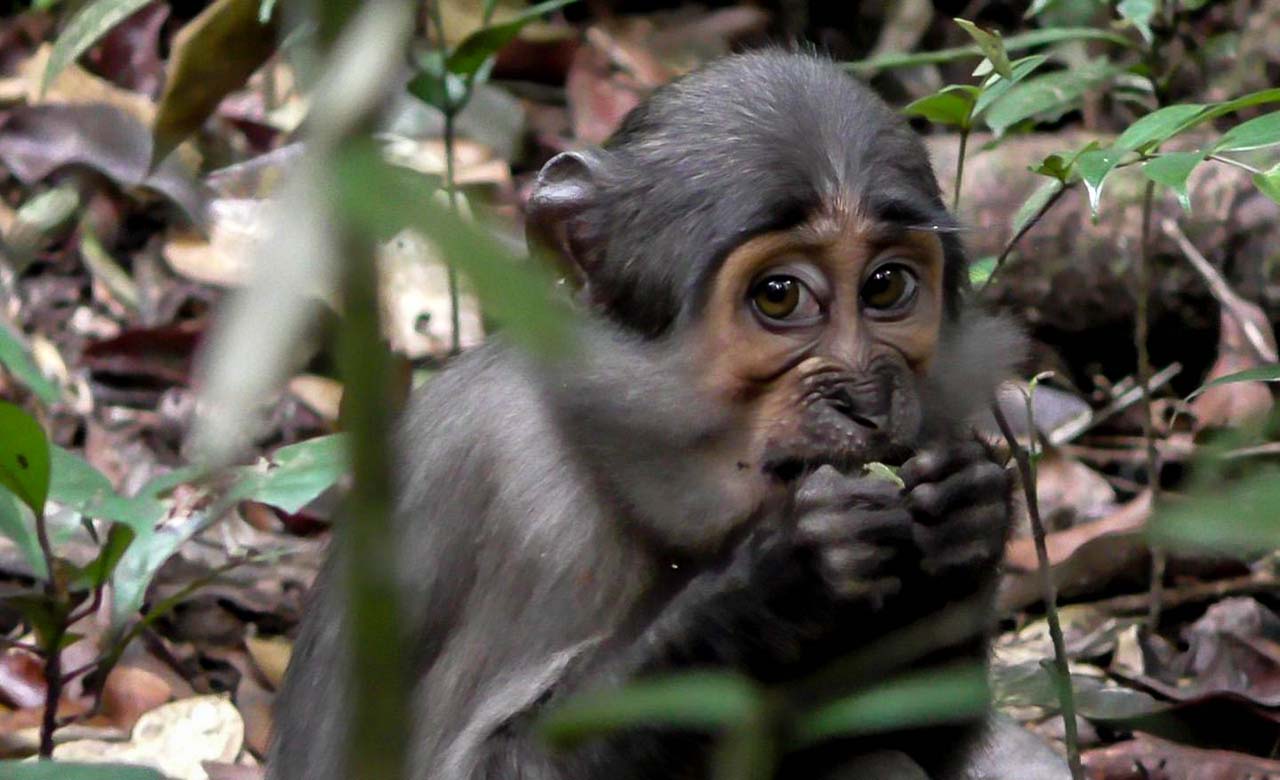The wonderful agile Mangabey in Dzanga-Sangha


Mangabeys are primate mammals belonging to the Cercopithecinae family. They are commonly found in the tropical forests of Equatorial Guinea, Cameroon, Gabon, Central African Republic, Republic of Congo and the Democratic Republic of Congo. There are about ten species of Mangabey (crowned mangabey, white-collar mangabey, crested mangabey, etc.), they are quadrupeds which measure approximately 75 cm, they can weigh up to 14 kg and their life expectancy is approximately 30 years. Their coats can be golden brown, gray, dark brown or soft black, depending on the species or subspecies, usually with a lighter color on the belly.
Diet

Behavior

Although generally arboreal, they are active during the day and spend a large part of their time on the ground, especially during the dry season. They are heard much more than one sees them because when approaching a danger they disappear in the trees. They communicate by emitting shouts, which for example serve to bring the group together and maintain social cohesion. Other shouts are made to warn group members of potential danger.
Threats and vulnerability

The agile Mangabeys are among those animal species of Central Africa about which we know very little. It is therefore difficult to determine their state of conservation. But the mere fact that they are endemic to the area north of the Congo River justifies their protection. The loss of their habitat is a constant threat to the agile Mangabeys as well as to all species of the Central African rainforests. Mangabeys are also hunted for their meat, but deforestation remains one of the major problems facing animals in African forests. Because Mangabeys are fond of fruit, they very often loot fruit plantations and are often seen as pests and killed by people. The Mangabey Cercocèbes is listed as
threatened by the International Union for the Conservation of Nature.
The agile mangabeys at Dzanga-Sangha

The Dzanga-Sangha Trinational offers a unique opportunity to observe agile Mangabeys closely. Large groups of up to 300 individuals can be observed and photographed, they are used to human presence and that makes observation much easier.
